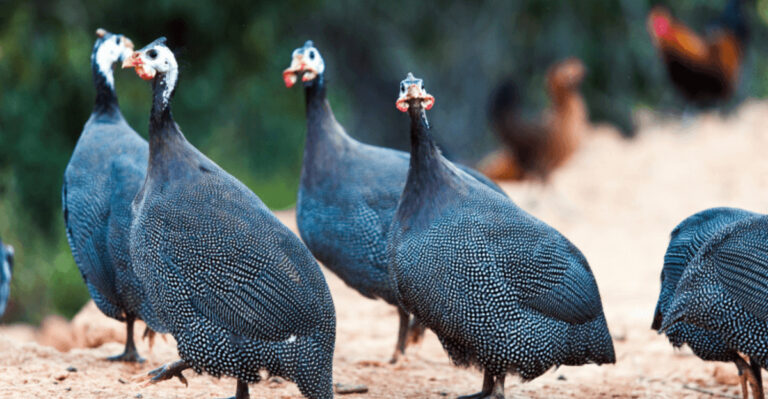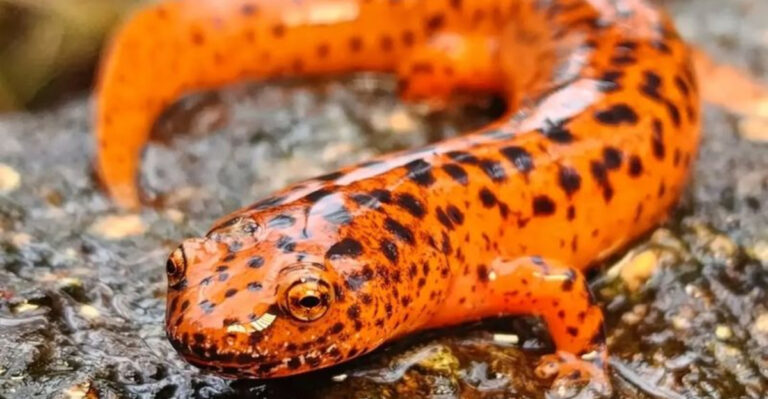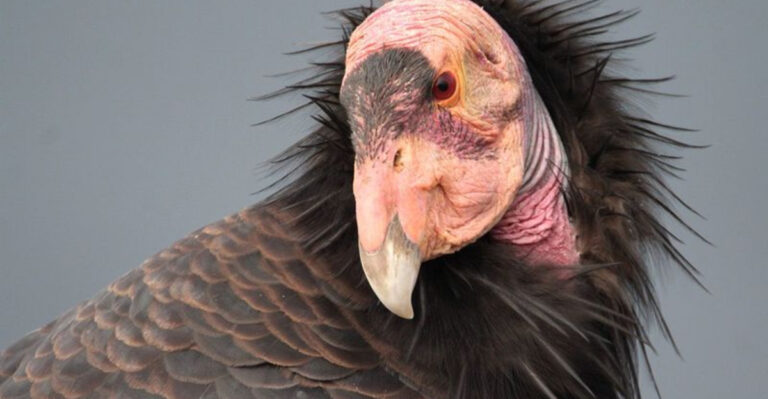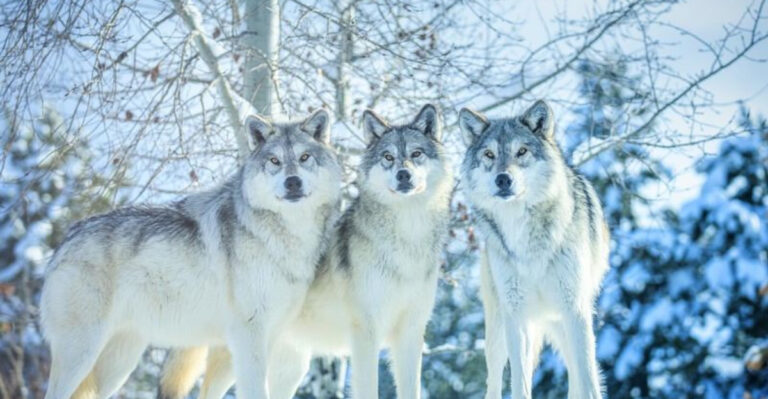13 Ways Zoos Are Helping Bring Animals Back To The Wild
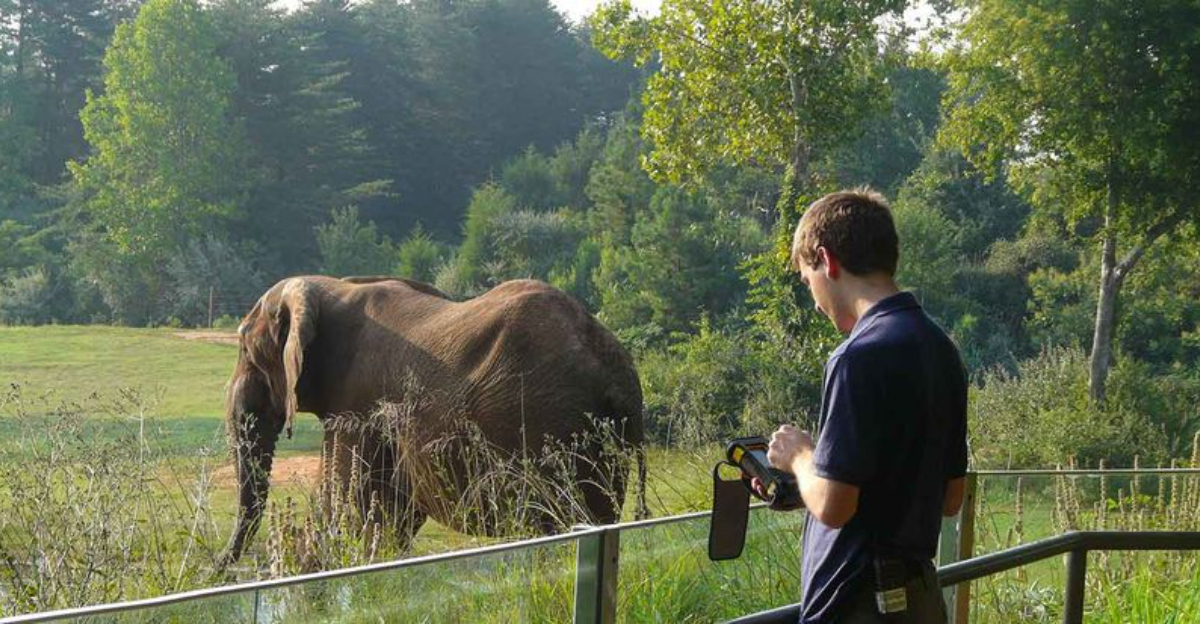
Did you know that modern zoos are playing a crucial role in wildlife conservation? Gone are the days when zoos were just about displaying animals for curious visitors.
Today, they are actively involved in efforts to bring species back from the brink of extinction and reintroduce them to their natural habitats.
From breeding programs to habitat restoration, zoos are stepping up as guardians of our planet’s precious wildlife.
Let’s explore thirteen fascinating ways zoos are helping to bring animals back to the wild.
1. Captive Breeding Programs
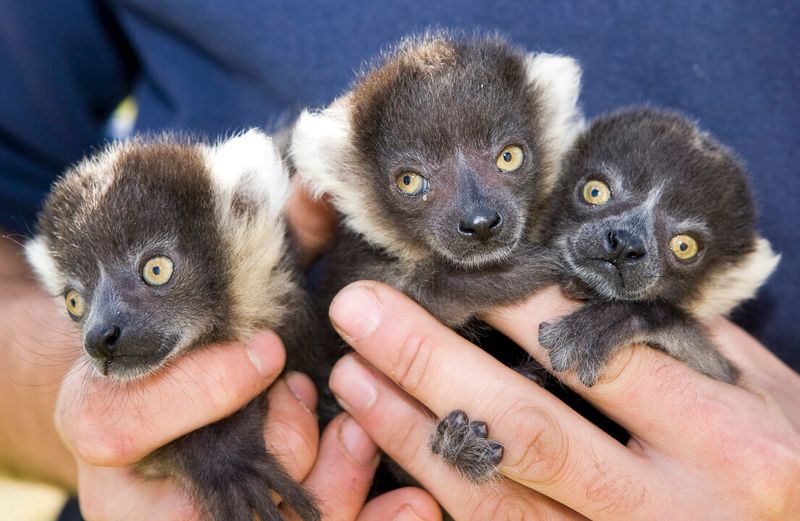
Imagine a world without pandas or rhinos. Thanks to captive breeding programs, zoos are ensuring that doesn’t happen.
These programs focus on breeding animals in controlled environments, often with the goal of reintroducing them to the wild.
With the assistance of genetic research, zoos can maintain genetic diversity, which is crucial for the health of future generations.
By monitoring breeding pairs and their offspring closely, zoos can replicate natural habitats and conditions.
This careful planning and execution have led to the successful reintroduction of many species into the wild.
2. Habitat Restoration Projects
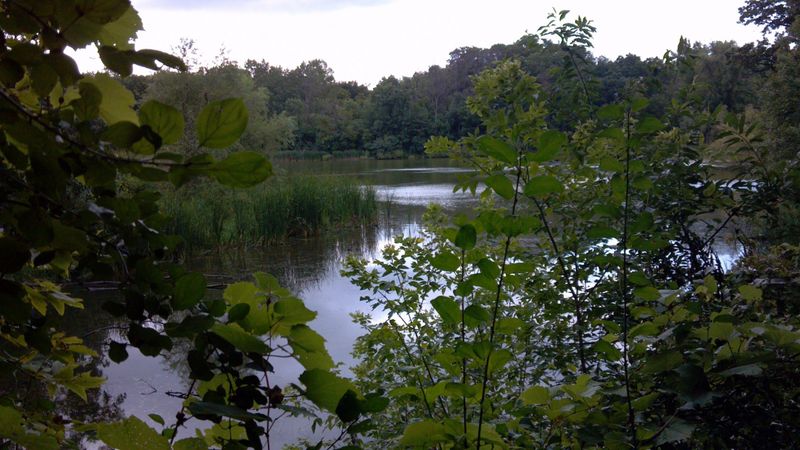
Zoos aren’t just focusing on the animals themselves, but also on the environments they call home. Habitat restoration projects are a key component of conservation work.
By recreating the natural landscapes these animals need, zoos provide a better chance for survival once reintroduced into the wild.
This involves planting native vegetation, ensuring access to clean water, and removing invasive species.
Zoos work hand-in-hand with local communities and governments to protect and restore habitats. These projects not only benefit animals but also support entire ecosystems, contributing to biodiversity.
3. Endangered Species Education
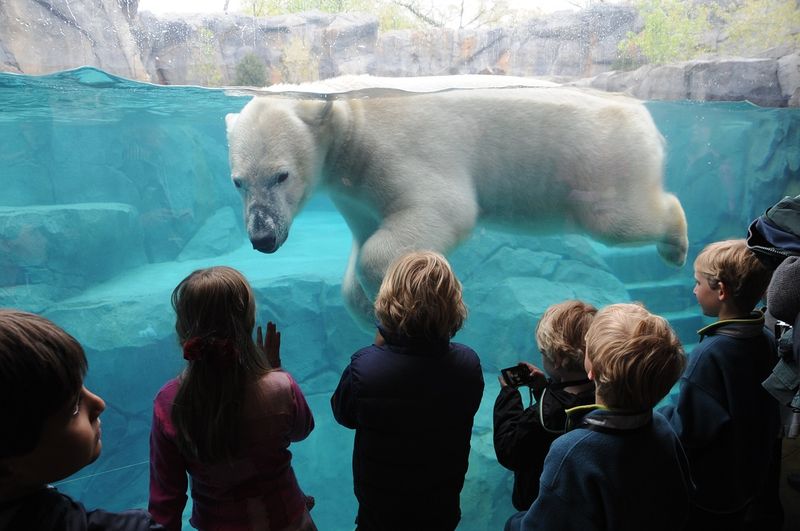
Zoos are educational hubs, raising awareness about endangered species and conservation efforts. Through interactive exhibits and informative talks, visitors learn about the challenges these animals face and how they can help.
Education plays a crucial role in changing perceptions and encouraging conservation-minded actions. By inspiring young minds, zoos plant the seeds of stewardship, prompting future generations to take action.
Knowledge is power, and by sharing it, zoos empower people to contribute to the protection of our planet’s wildlife.
4. Wildlife Research And Monitoring
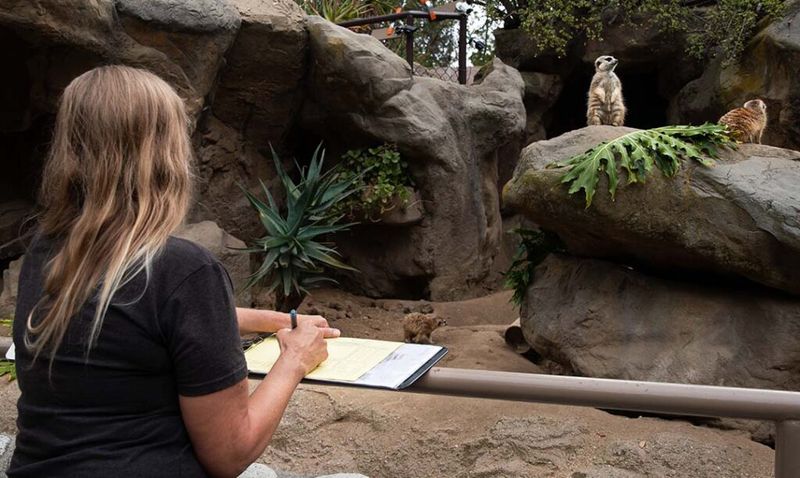
Research is at the heart of zoo conservation efforts. Scientists at zoos conduct valuable research on animal behavior, genetics, and health. This information is crucial for understanding species and developing effective conservation strategies.
Monitoring wildlife in their natural habitats also provides insights into migration patterns and population dynamics.
With this data, zoos and conservationists can make informed decisions that benefit both animals and ecosystems.
Collaborating with other research institutions, zoos are at the forefront of wildlife conservation science.
5. Reintroduction Programs
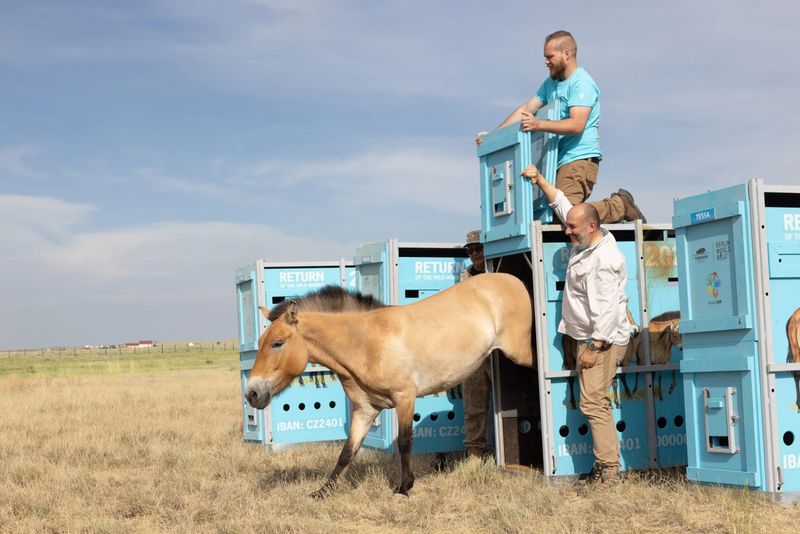
Reintroducing animals to the wild is a complex process, but zoos are up to the task. These programs involve releasing animals bred in captivity into their natural habitats, often in protected areas.
Careful planning ensures that animals are healthy and capable of surviving on their own. Zoos monitor these animals post-release to ensure they adapt well to their new surroundings.
Successful reintroduction programs have seen species like the Arabian Oryx and California Condor thrive in the wild once again.
6. Conservation Partnerships
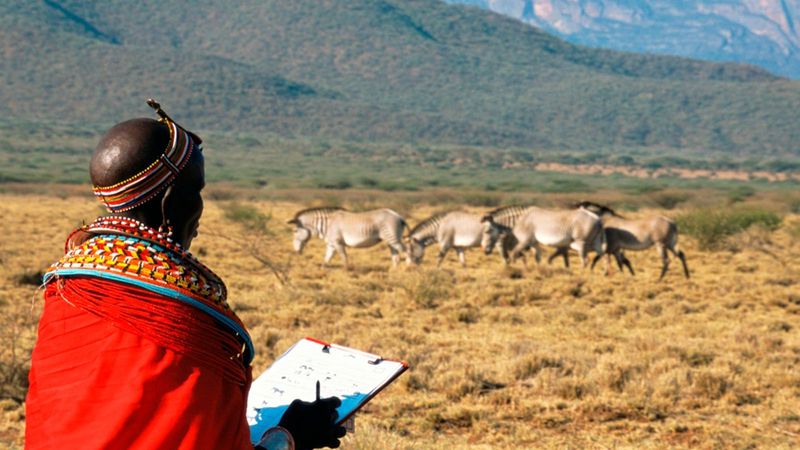
Zoos work closely with conservation organizations worldwide to enhance their impact on wildlife protection.
By forming partnerships, they share resources, knowledge, and expertise to tackle conservation challenges.
These collaborations lead to coordinated efforts in research, habitat protection, and species recovery. Joint initiatives amplify the reach and effectiveness of conservation projects.
When zoos and conservation groups unite, they create a powerful force for preserving biodiversity and ensuring a future for endangered species.
7. Disease Management and Health Monitoring
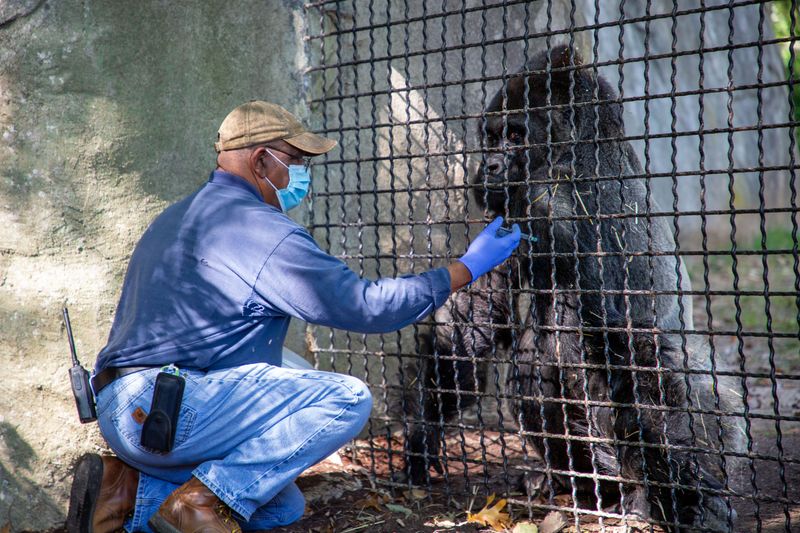
Healthy animals are essential for successful conservation efforts. Zoos play a key role in monitoring and managing the health of both captive and wild populations.
By conducting regular health checks and vaccinations, they prevent the spread of diseases that could devastate wildlife populations.
Advanced veterinary care and research into wildlife diseases are crucial components of zoo conservation work.
These efforts help maintain healthy, thriving animal populations, ensuring they can survive and reproduce when reintroduced to the wild.
8. Sustainable Zoo Design
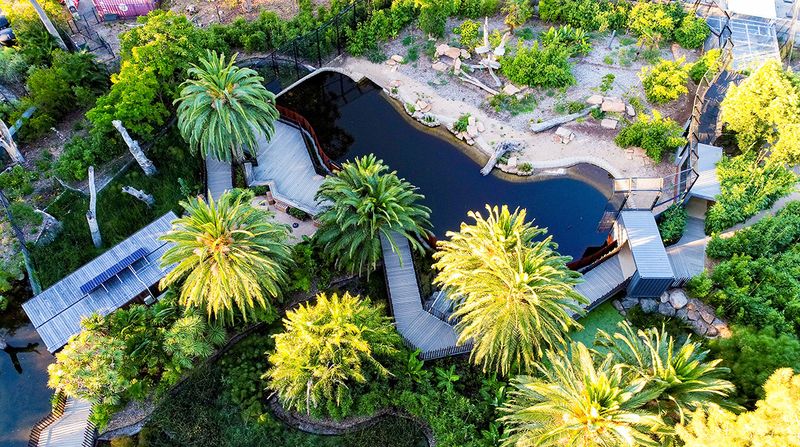
Modern zoos are embracing sustainable design to reduce their environmental footprint.
By incorporating energy-efficient technologies and eco-friendly materials, zoos create habitats that mimic natural environments while minimizing resource use.
Sustainable zoo design extends to landscaping, waste management, and water conservation efforts. By setting an example, zoos inspire visitors to adopt sustainable practices in their own lives.
Through innovation and commitment, zoos demonstrate that conservation begins with thoughtful design and responsible resource management.
9. Animal Behavior Studies
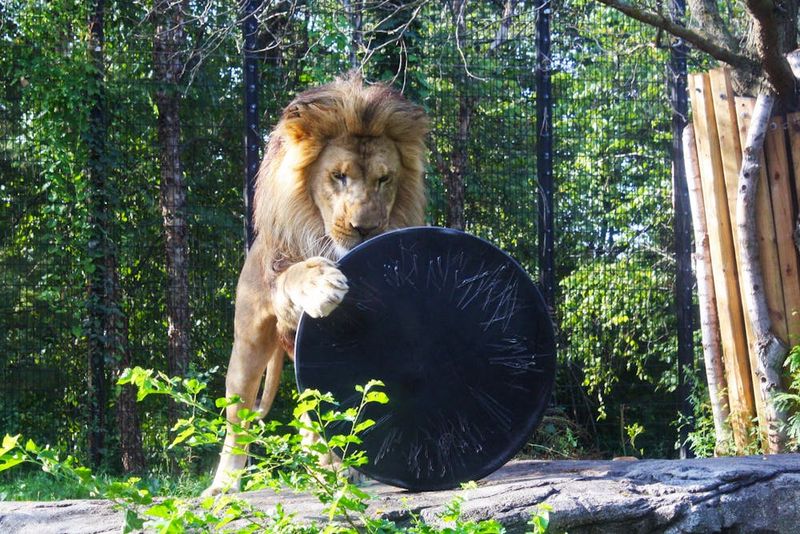
Understanding animal behavior is essential for successful conservation. Zoos provide a unique setting to study animals up close, leading to valuable insights into their needs and interactions.
These studies inform breeding programs, habitat design, and reintroduction strategies. By unraveling the mysteries of animal behavior, zoos can tailor conservation efforts to specific species, increasing the chances of success.
Collaborating with universities and research institutions, zoos contribute to a deeper understanding of the animal kingdom.
10. Public Involvement And Citizen Science
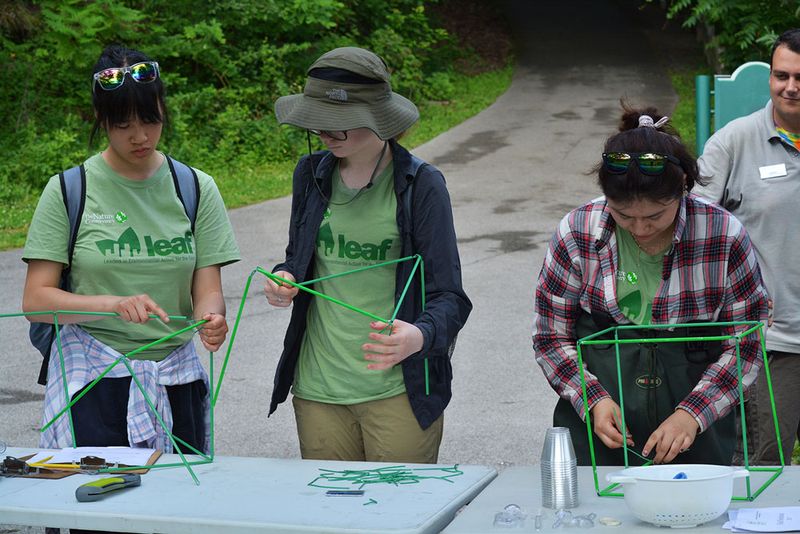
Zoos are engaging the public in conservation efforts through citizen science initiatives. These programs invite people to contribute to wildlife research by collecting data on local species and habitats.
By involving the public, zoos foster a sense of community and shared responsibility for the environment. Citizen science projects also increase awareness of local wildlife and conservation issues.
Through hands-on participation, individuals become advocates for nature, helping to protect the planet’s biodiversity.
11. Cultural And Historical Preservation
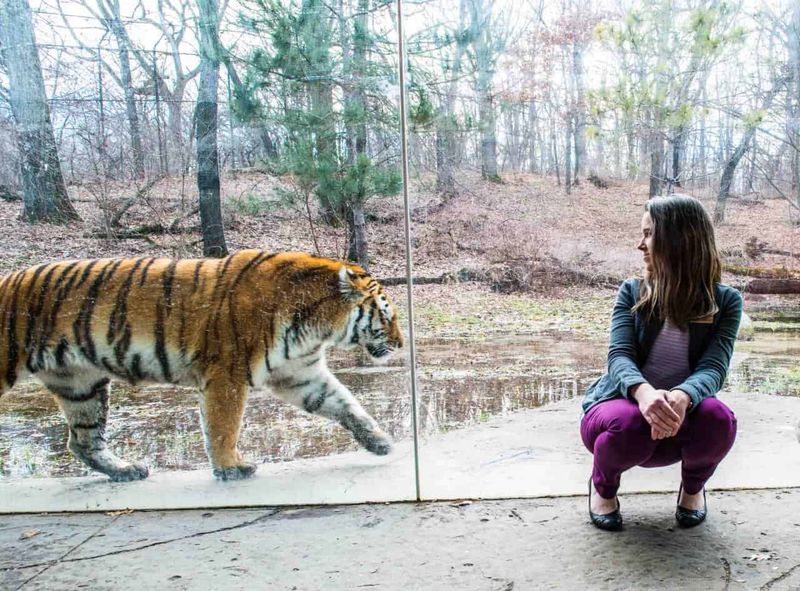
Zoos recognize the deep connection between animals and human cultures. By preserving cultural and historical knowledge, zoos highlight the importance of wildlife in our shared heritage.
Exhibits and programs explore the roles animals have played in different societies, fostering appreciation for their significance.
This cultural preservation underscores the need to protect species that are integral to the identity and traditions of many communities.
Through education and awareness, zoos bridge the gap between cultural history and conservation.
12. Innovative Enrichment Programs
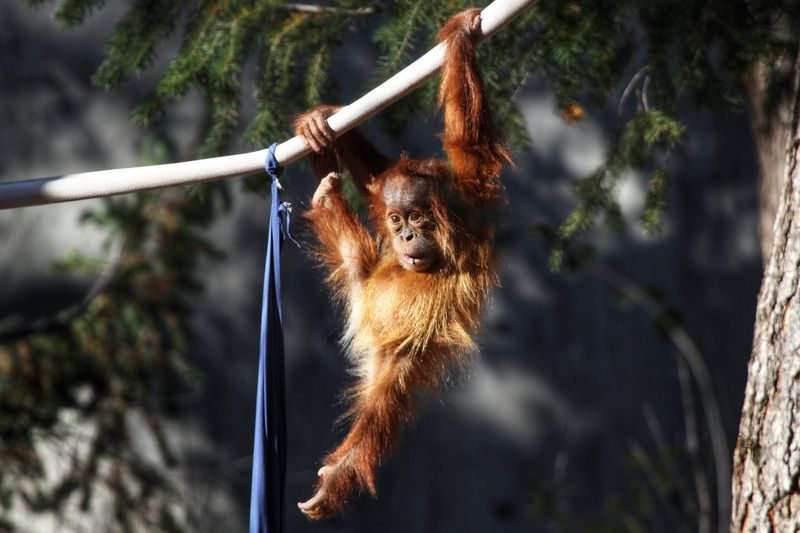
Enrichment programs enhance the lives of zoo animals by stimulating their natural behaviors and instincts. These innovative programs provide mental and physical challenges, promoting well-being.
From puzzle feeders to interactive play, enrichment encourages animals to explore and engage with their environment.
This not only improves their quality of life but also prepares them for potential reintroduction into the wild.
By observing how animals respond to enrichment, zoos can tailor programs to meet individual needs, fostering happier, healthier animals.
13. Climate Change Mitigation Efforts
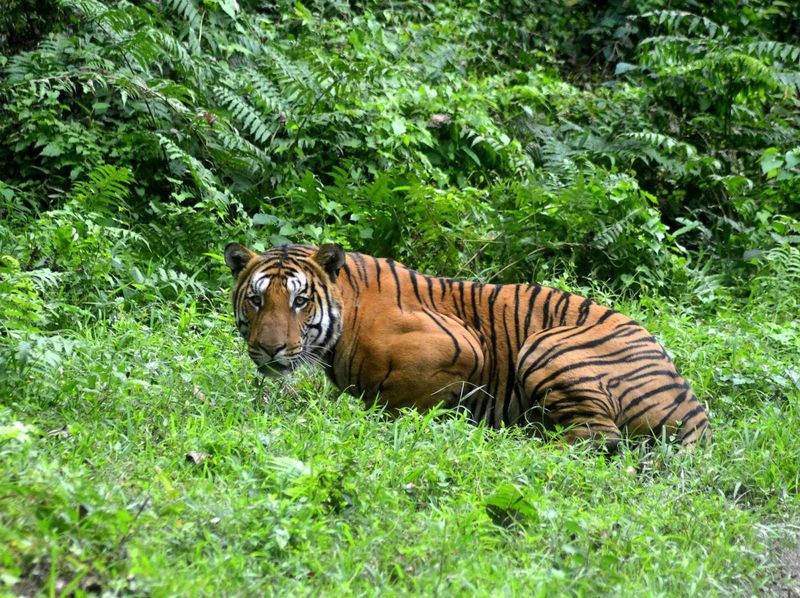
Zoos are taking action to combat climate change, recognizing its threat to wildlife. By implementing sustainable practices, they reduce their carbon footprint and promote environmental stewardship.
Efforts include using renewable energy sources, reducing waste, and educating visitors about the impact of climate change on animals.
Zoos inspire action by showcasing solutions and encouraging visitors to make eco-friendly choices. As climate change affects ecosystems worldwide, zoos play a vital role in promoting a sustainable future for all species.


